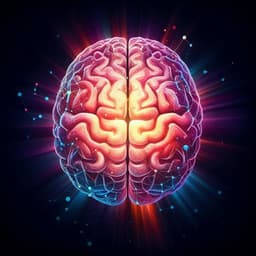
Medicine and Health
A systematic review of alterations in sensorimotor networks following stroke: implications for integration and functional outcomes across recovery stages
N. S. A. Sahrizan, N. Yahya, et al.
Stroke alters functional connectivity within the sensorimotor network (SMN), but many studies report gradual improvement through compensatory mechanisms, cortical reorganisation, and functional rewiring, with recovery shaped by lesion location. This research was conducted by Authors present in <Authors> tag.
~3 min • Beginner • English
Related Publications
Explore these studies to deepen your understanding of the subject.







